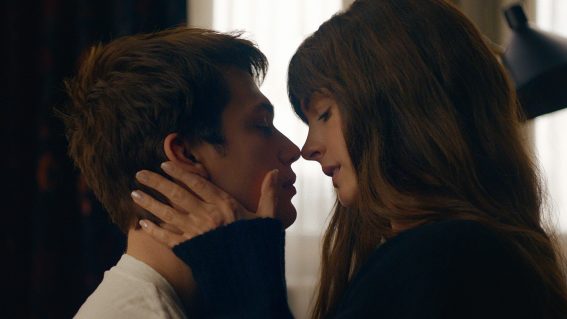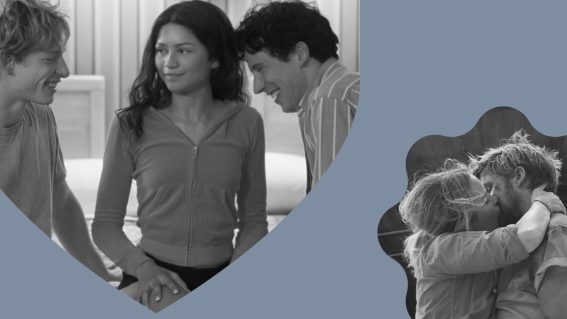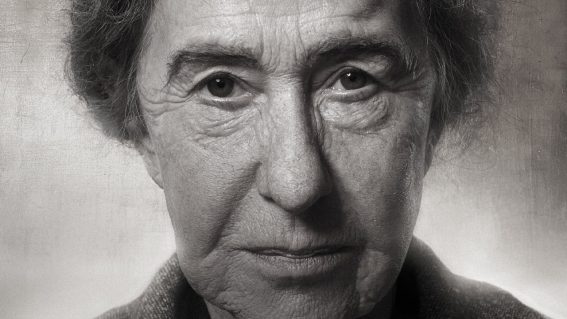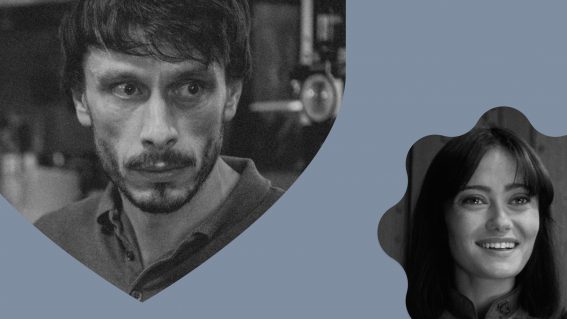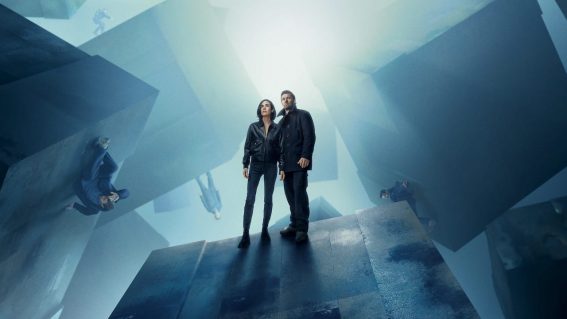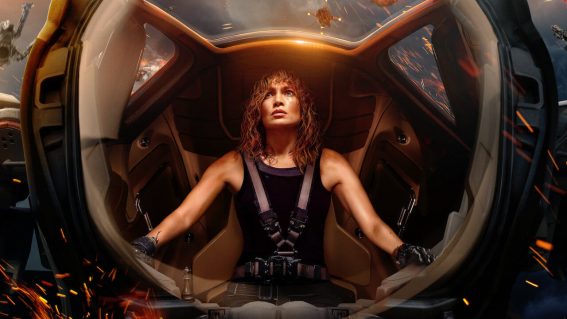At its best, The Mandalorian captures the wide-eyed wonder of a galaxy rich with adventure

We’re all drowning in content—so it’s time to highlight the best. In her column, published every Friday, critic Clarisse Loughrey recommends a new show to watch. This week: season three of Pedro Pascal’s other wandering hero, The Mandalorian.
What do we actually want from our Star Wars? If the answer is nada, let it rest—I won’t argue with you. But, amongst the still-faithful, that question has gained a renewed urgency in light of last year’s Andor. The Disney+ series, a spin-off of Rogue One (2016), was the fiery older sibling of The Mandalorian, The Book of Boba Fett, and Obi-Wan Kenobi. It never received quite the same level of pre-release marketing or manufactured hype. And, yet, it dropped a weighty, harmonious new vision of Star Wars in our laps, one that traded LEGO sets and cameos for the same political fervour that first inspired George Lucas to dream of a galaxy far, far away, while living under the shadow of the Vietnam War.
Andor was the dream of Star Wars reaching for its full potential, so I can understand some of the reticence about having to return to the show about a living Squishmallow and his monosyllabic dad. The Mandalorian, in season two, had started to lose some of its sparkle, its central Lone Wolf and Cub dynamic watered down by a production line of familiar and stilted cameos. But The Mandalorian, as a space western coloured by childhoods filled with pulp heroes and comic books, is as much Star Wars in concept as Andor ever could be. The franchise could never have survived in one form alone. Its longevity is tied directly to its malleability—it can be as flippant or profound as the mind wills it, as innocent or discerning as you like. You can proselytise about guerrilla warfare in the same breath as you make the case that ewoks are cuter than porgs.
The Mandalorian, at its best, captures the wide-eyed wonderment of a galaxy rich with adventure, as seen through the eyes of a veteran (Pedro Pascal’s bounty hunter, Din Djarin) and a naïf (Grogu, an infant Jedi of Yoda’s species). The question of whether it was right to reunite Din and Grogu in the adjacent, but separate, The Book of Boba Fett is an interesting one. Season two of The Mandalorian ended with Din completing his mission and offloading little Grogu into the reliable care of a freakily de-aged Luke Skywalker. By that point, it had already become clear that permanently severing Din from Grogu would lead to riots in the streets. So, The Book of Boba Fett did the work of fast-forwarding through the inevitable—both are thoroughly depressed without each other, so there’s no choice but to reunite.
It was a clumsy reunion, but that at least left episode one of The Mandalorian’s third season in a better place. We open, instead, with a now-prosperous Nevarro—a place our heroes should theoretically be able to rest and put up their feet, if it weren’t for the phantoms of the past still biting at their heels. Din has been ousted from the orthodox cult that raised him, all because he took off his helmet to bid Grogu farewell. At the start of season three, he’s determined to find redemption. His pal Greef Karga (Carl Weathers), meanwhile, the new High Magistrate of Nevarro, can’t evade all the pirates and scoundrels he once made deals with in order to claw his way up to his current, lofty position. And Cara Dune? She’s been shunted off to the New Republic’s “Special Forces”—an amusingly blunt, but efficient way of dealing with Gina Carano’s expulsion from the series.
The episode is not without its fan service, certainly, but it’s of the more gentle, universe-compliant kind. Instead of Luke barging back onto the scene in his Chanel boots, we’ve got the more muted return of Taika Waititi’s bounty hunter droid IG-11, though he’s currently a burned-up pile of garbage with a death wish. Instead of Boba Fett, we’ve got a clan of tiny droidsmith Anzellans, whose leader may or may not be internet darling Babu Frik of The Rise of Skywalker (if you think he’s beloved now, just wait for the confirmation that he’s met both Oscar Isaac AND Pedro Pascal).
Now, that’s a vision of Star Wars that I can really get behind—one that isn’t driven by in-universe nepo babies and A-listers, but by all the little freaks and weirdos we’ve met along the way. Babu Frik won’t sell more Disney+ subscriptions, but Babu Frik will remind me of what a fun and wondrous world we’ve been gifted with. And it’s one, especially, that’s rooted in the physical, thanks to the series’s continuing emphasis on practical effects. Would Grogu be half as popular as he is now if he were rendered only as some nebulous, CGI blob? Or is his handmade, Muppet-adjacent charm central to his appeal? Andor was a total triumph, but that doesn’t mean The Mandalorian’s been left with nothing to offer—if season three plays its cards right, we’ll all be reminded that Star Wars, too, can be a thing of joy.



